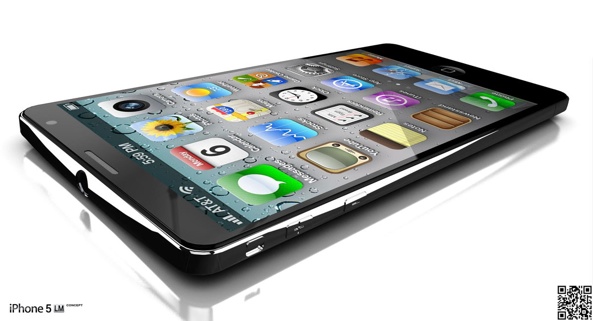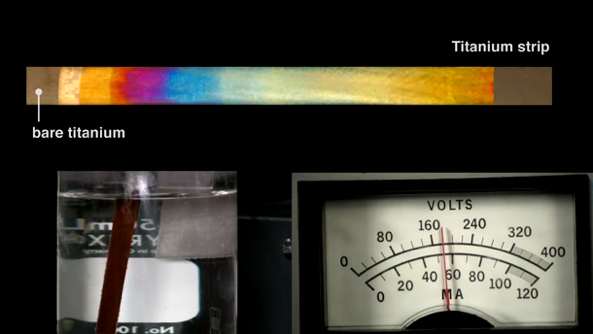If you ever wondered how the smooth and shiny finish of Apple products is achieved in manufacturing, here’s your answer. The process called anodizing makes metals such as aluminum and titanium corrosion-resistant by growing an oxide layer into the metal.
A nice clip based on a chapter in the book Eight Amazing Engineering Stories explains the anodizing process in Layman’s terms through the mouth of Bill Hammack the Engineer Guy.
As you know, anodizing is used on many Apple products, including most of the Macs sold today, and is likely to be applied to an upcoming iPhone 5 said to feature metal-clad back…
It’s simple, really.
Anodizing, an electrolytic passivation process, basically increases the thickness of the oxide layer found on metal surfaces, such as the Unibody aluminum chassis of your MacBook Air or the iPod nano music player.
The process changes both the microscopic texture of the surface and the crystal structure of the metal near the surface.
The end result of anodizing is a metal part with a much stronger and mostly scratch resistant surface. It also provides better adhesion for paint primers and glues.
[tube]3ZhVOy-ytJY[/tube]
As for the shininess, it can be easily achieved with anodic films that typically have thick porous coatings that absorb dyes or thin transparent coatings that add interference effects to reflected light.
Theoretically speaking, Apple could tweak the anodizing process in order to produce a shiny colored notebook chassis.
Also interesting, these anodic films aren’t just used to protect alloys comprised of aluminum and titanium (historically, Apple’s favorite materials), but can be also applied on zinc, magnesium, niobium, zirconium, hafnium and tantalum surfaces.
Zirconium is of particular interest here as it’s the basis for Liquidmetal, an alloy Apple has exclusive worldwide rights to use in consumer electronics.

Just don’t get overexcited because a Liquidmetal-based Apple gadget is at least five years away.
So, anodizing.
Cool or what?
[via TUAW]
